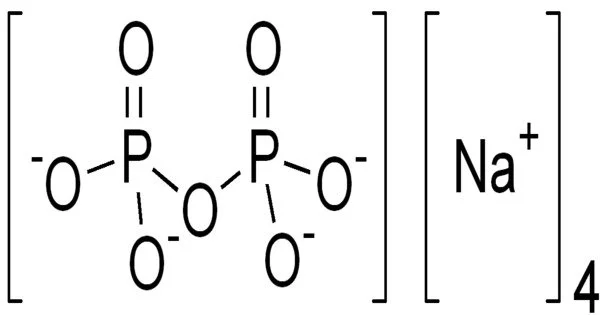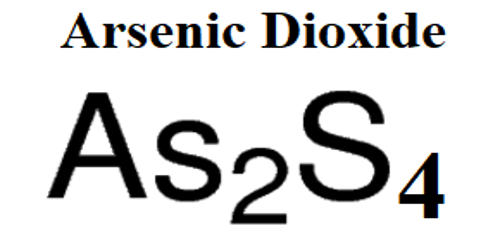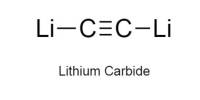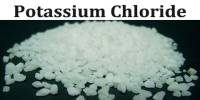Tetrasodium pyrophosphate (TSPP) is a chemical compound with the formula Na4P2O7. It is an inorganic compound. It is a white crystalline powder that is soluble in water, and it is often used as a food additive, industrial chemical, and laboratory reagent. As a salt, it is a white, water-soluble solid. It is composed of pyrophosphate anion and sodium ions. Toxicity is approximately twice that of table salt when ingested orally.
Tetrasodium pyrophosphate is a food additive that is used as a buffering agent, emulsifier, dispersing agent, and thickening agent. It is commonly found in chicken nuggets, marshmallows, pudding, crab meat, imitation crab, canned tuna, and soy-based meat alternatives, as well as cat foods and cat treats where it is used as a palatability enhancer.
Properties
- Chemical formula: Na4O7P2
- Molar mass: 265.900 g·mol−1
- Appearance: Colorless or white crystals
- Odor: odorless
- Density: 2.534 g/cm3
- Melting point: 988 °C (1,810 °F; 1,261 K) (anhydrous); 79.5 °C (decahydrate)
- Boiling point: decomposes
- Solubility in water: 2.61 g/100 mL (0 °C); 42.2 g/100 mL (100 °C)
- Solubility: insoluble in ammonia, alcohol
- Crystal structure: monoclinic (decahydrate)
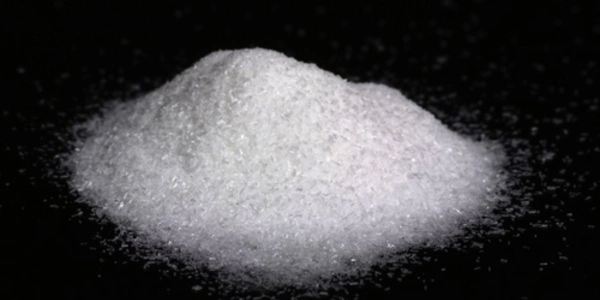
Production
Tetrasodium pyrophosphate is produced by the reaction of furnace-grade phosphoric acid with sodium carbonate to form disodium phosphate, which is then heated to 450 °C to form tetrasodium pyrophosphate:
2 Na2HPO4 → Na4P2O7 + H2O
Use
In the food industry, TSPP is used as a sequestrant, emulsifier, and thickening agent. It can be found in a wide range of food products, including cheese, meat, seafood, and canned fruits and vegetables. It is also used in toothpaste and other oral hygiene products as a tartar control agent. It is sometimes used in household detergents to prevent similar deposition on clothing, but due to its phosphate content it causes eutrophication of water, promoting algae growth.
In industrial applications, TSPP is used as a dispersant, buffering agent, and water softener. It is used in the production of detergents, ceramics, and water treatment chemicals. It is also used in oil well drilling and metal cleaning. In the laboratory, TSPP is used as a reagent for analytical chemistry, particularly in the analysis of proteins and nucleic acids. It can also be used as a pH buffer in biological experiments.
Safety Hazards
TSPP is generally recognized as safe by the US Food and Drug Administration (FDA) for use in food and is approved for use in the European Union as a food additive. However, like any chemical, TSPP should be handled with care, and appropriate safety precautions should be taken when using it.
